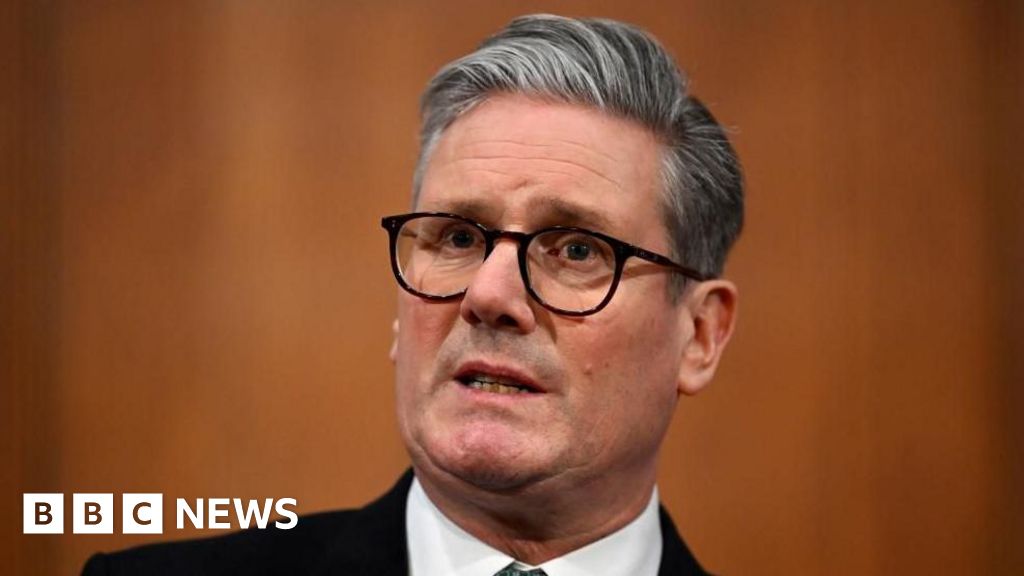
The Israel Defense Forces (IDF) initiated a withdrawal from southern Lebanon on Tuesday. However, the number of troops stationed along the defensive border line will be approximately three times higher than prior to the conflict.
The military plans to maintain five strategic outposts in southern Lebanon, close to the border. Each outpost will be staffed by a company of soldiers for an indefinite duration.
Typically, a military company consists of 100 to 150 personnel, but this represents only a fraction of the overall force, which could total several thousand, potentially reaching between 10,000 and 15,000, depending on various factors.
Although these five outposts were not included in the ceasefire agreement established on November 27, Israel successfully persuaded U.S. officials that the Lebanese Army currently lacks the capacity to prevent Hezbollah from fortifying its position in southern Lebanon and possibly launching attacks.
Under the ceasefire accord, the Lebanese Army was tasked with taking control of all potential Hezbollah strongholds in southern Lebanon, seizing Hezbollah weaponry, and preventing the group from deploying fighters back into the area.
Enhancements in the Lebanese Armed Forces
On Monday, the IDF acknowledged that the Lebanese Army is showing improvement and is surprisingly challenging Hezbollah in certain scenarios; however, its overall effectiveness is still insufficient for a complete withdrawal of IDF forces from southern Lebanon.
According to IDF sources, the timeframe for maintaining the outposts could span from two to eight months, with the possibility of an extended presence if security conditions require it.
These five outposts will strategically be positioned on the Lebanese side of the border, extending from west to east near sites including: 1) Labbouneh (adjacent to Shlomi on the Israeli side); 2) Ramyeh/Jabal Blat (Shtula); 3) Blida, Bint Jbeil, and Maroun El Ras (Avivim); 4) Wadi Saluki (Margaliot); and 5) Al-Khiyam, Kfar Kila, Ayoun Valley, and Aamra (Metulla).
The IDF remains hopeful that despite Hezbollah’s threats to perceive these five outposts as an occupation, efforts have been made to minimize tensions with the broader Lebanese populace.
Furthermore, the IDF stressed the importance of an assertive strategy to counter any Hezbollah attempts to infiltrate southern Lebanon or smuggle advanced weaponry into the region.
Military officials recognized the challenge of completely barring all Hezbollah fighters from returning to southern Lebanon, as many could blend in among local civilian populations.
To address this, the IDF has bolstered its intelligence capabilities to better differentiate between innocent Lebanese citizens and Hezbollah operatives, committing to work diligently on this issue.
Additionally, while not solely relying on the Lebanese Army and U.S. advisers, the IDF reported that the systems in place for monitoring Hezbollah violations, under direct U.S. oversight, have been functioning effectively.
Since the incursion on September 30, the IDF claims significant progress has been made in clearing Hezbollah weapons from a five-to-six-kilometer buffer zone along the border in southern Lebanon.
The IDF expressed optimism that many residents in northern Israel would be able to return home by March 2, citing improvements in defense and ongoing efforts to rebuild infrastructure and houses damaged by approximately 14 months of Hezbollah rocket and drone assaults.
Military sources noted that the buffer zone established in Syria is proving beneficial in safeguarding Israel, with the military actively collaborating with local villagers to foster a sense of support rather than oppression from the IDF’s presence.









